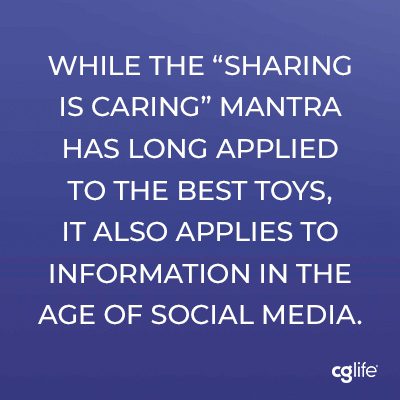There has never been a greater need for symbiosis between sales and marketing than today. Sales and marketing are two sides of the new business coin, but they don’t always work together, so much as sequentially. Typically, we think of marketing’s job as establishing a funnel for sales to filter and capture business opportunities through outreach tactics. But you don’t need me to tell you that things are not typical right now. The lack of opportunity for in-person interaction has challenged the highly valued consultative sales approach that is prominent in the life sciences and healthcare industries. In addition, there are only so many calls and video conferences that sales can effectively do in a given day to make up for the lack of in-person interaction. On the other hand, digital marketing’s prominence in our industry has protected more of the marketer’s tool kit. As a result, there is a heavier lean on marketing to get folks in the door and perhaps a bit farther down the sales funnel. While your marketing team may be up to the challenge, there’s no reason to have them work in isolation. Sales teams can utilize their additional bandwidth and their skillset to make marketing efforts more effective and helpful to potential customers. Here are 5 things your sales team can do while in-person visits are on hold to help your marketing team generate qualified leads. In other words, a good old fashion “help me help you.”
1. Clean Up That Database

Whether it’s Salesforce or anything else, the old adage remains true, “garbage in, garbage out”. If your organization currently uses or is exploring the use of marketing automation tools like HubSpot, Pardot, and Marketo, the two most crucial elements to successful use are clean data and badass content. If your organization “has been meaning to” segment your lists by applications, personas, or some other mechanism, or have contemplated implementation of lead scoring, now is the time to do so. Sales can take the lead with additional review from marketing to help keep both aligned on how to organize the data effectively.
2. Audit Your Digital Assets
Sales teams generally know your clients/customers better than anyone else in an organization, since they talk with them the most. Well, it’s time to use that client knowledge to take stock! When was the last time the sales team took a close look at the online assets available to the folks they talk to on a regular basis? Visit landing pages and answer a few key questions: Are the downloadables still relevant? Do the messages ring true? What is missing that would make your job so so sooo much easier? Are there important client pain points not addressed in any of our assets? Evaluate, summarize, and share that info with the marketing team for evaluation and prioritization of assets to revamp and content to develop.
3. Call Your Friends
Short of a formal market research effort, sales might be the closest pulse point available to determine how things are going “out there.” Pick 5 friendlies, ones who will tell it like it is and that you have solid relationships with and call them. Ask them how they are doing. Ask them what happens next for them in terms of getting projects going again. Ask them what vendor provided tools have been helpful to-date—whether they come from your organization or not. Has their content consumption changed much? How so? Are they attending webinars? Reading email blasts? Visiting certain online destinations? What’s helpful and what’s overwhelming? What are they looking for and not finding? Collect these details informally or through a brief survey. Share your intel with your marketing team, so they can adjust their strategies towards the most effective channel marketing efforts going forward.
4. Like They Taught Us In Preschool…Share!

Learning to share is a practice in establishing an individual as being part of a community. While the “sharing is caring” mantra has long applied to the best toys, it also applies to information in the age of social media. Sharing, liking, and retweeting your organization’s social media efforts helps to amplify their reach. If you can authentically share quality information and provide value to your network, just do it. Additionally, it helps if you can put some personality and color around it. Let folks know why you are sharing it and why the info might be of interest. Perhaps you can even tag a few people that would really benefit from the message. People tend to value info that comes from other “people” more highly than info that comes from “an organization”- so put a face to the organization. (Caveat, if your organization has rules around this for any regulatory reasons, don’t do this, we’re not trying to get you in trouble!)
5. Be A Content Resource
As we said before, nobody knows an organization’s target audience or products better than the sales team. Suggest, or better yet create a very rough draft of the content you need. Even if it’s just a draft, it can be the fodder the marketing team needs to create that killer case study, amazing video, and/or genuinely helpful blog post. Develop a google form or some other agreed-upon mechanism for sharing these ideas with your marketing team. For example, I drafted this, and our content team made it sound much better!
While the world is in flux, it can be easy to get stuck and start spinning your wheels. That’s why it helps to rely on friends and fresh perspectives for the collective good. Sales teams take the first step and put this into practice by helping your marketing team deliver. Trust us, they will return the favor.

For other insights on the changing world of life science and healthcare sales, check out our forecast for the future of sales and how to be ready for it!
